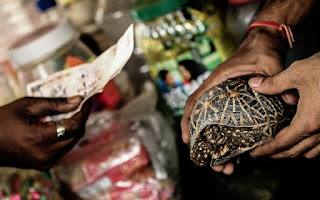 A newly identified gene that renders bacteria resistant to polymyxin antibiotics—drugs often used as the last line of defense against infections—has the potential to be shared between different types of bacteria.
A newly identified gene that renders bacteria resistant to polymyxin antibiotics—drugs often used as the last line of defense against infections—has the potential to be shared between different types of bacteria.The finding raises concern that the transferable gene could make its way into infectious bacteria that are already highly resistant to drugs, thereby creating strains of bacteria immune to every drug in doctors’ arsenal.Researchers fear it could move to new bacteria and create unstoppable superbugs. The gene, dubbed mcr-1, exists on a tiny, circular piece of DNA called a plasmid.
These genetic elements, common among bacteria, are mobile; bacteria can make copies of them and share them with whatever bacteria happens to be nearby. Though scientists have previously discovered genes for polymyxin resistance, those genes were embedded in bacterial genomes, thus were not likely to easily spread.
Read more;http://arstechnica.com/science/2015/11/gene-that-makes-bacteria-immune-to-last-resort-antibiotic-can-spread/















